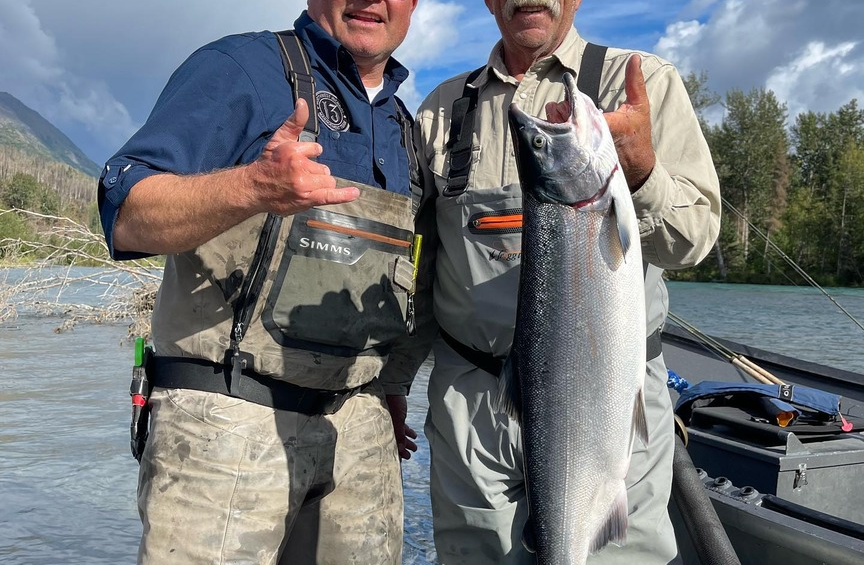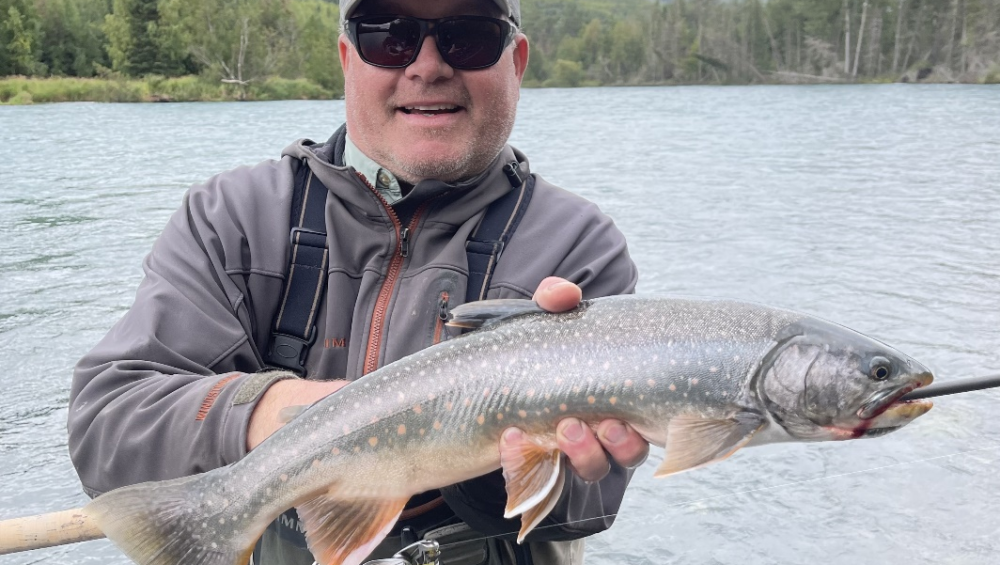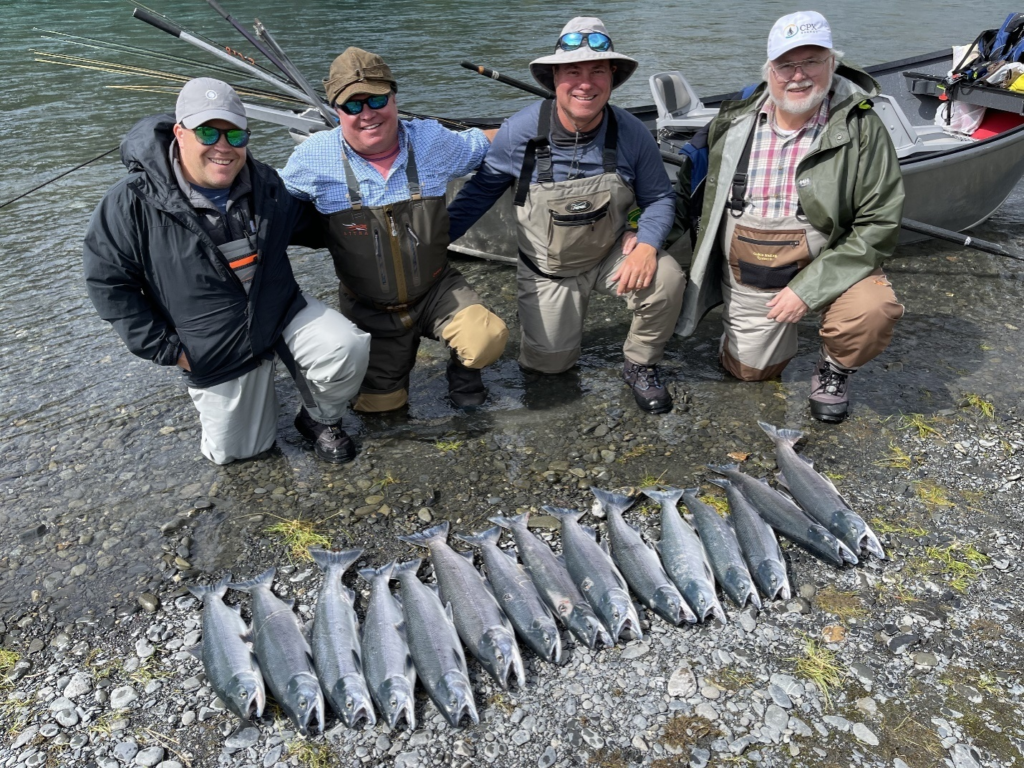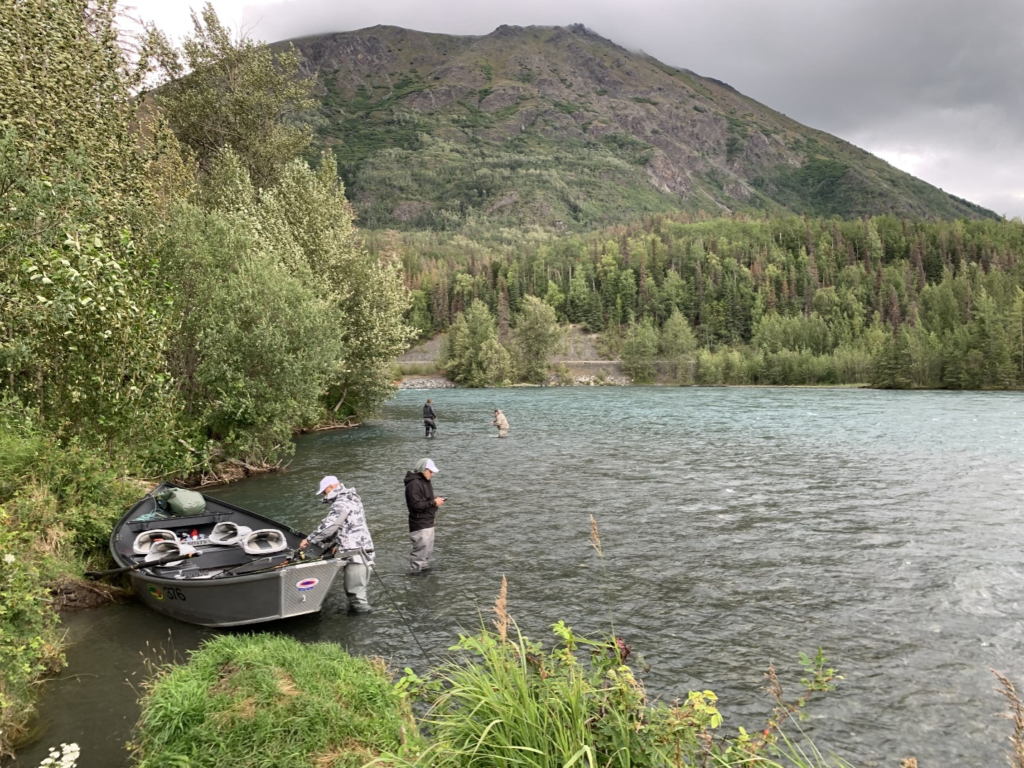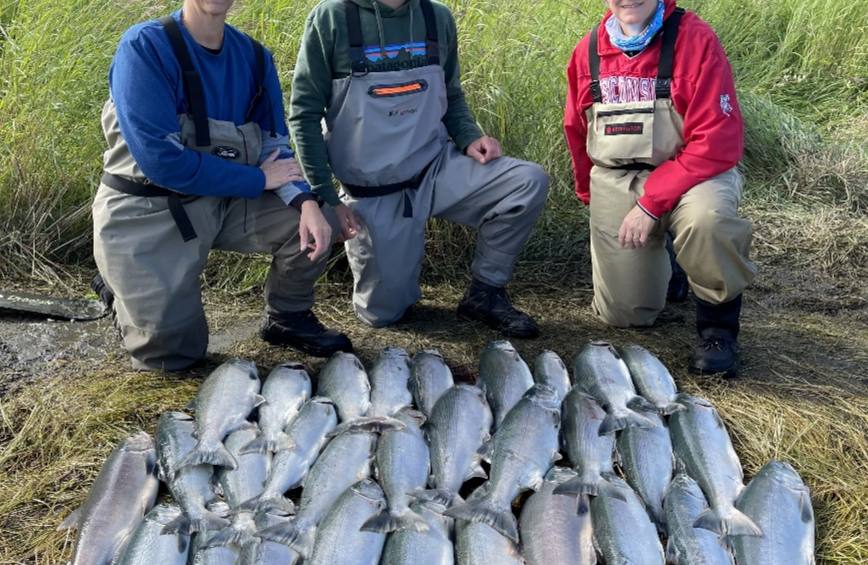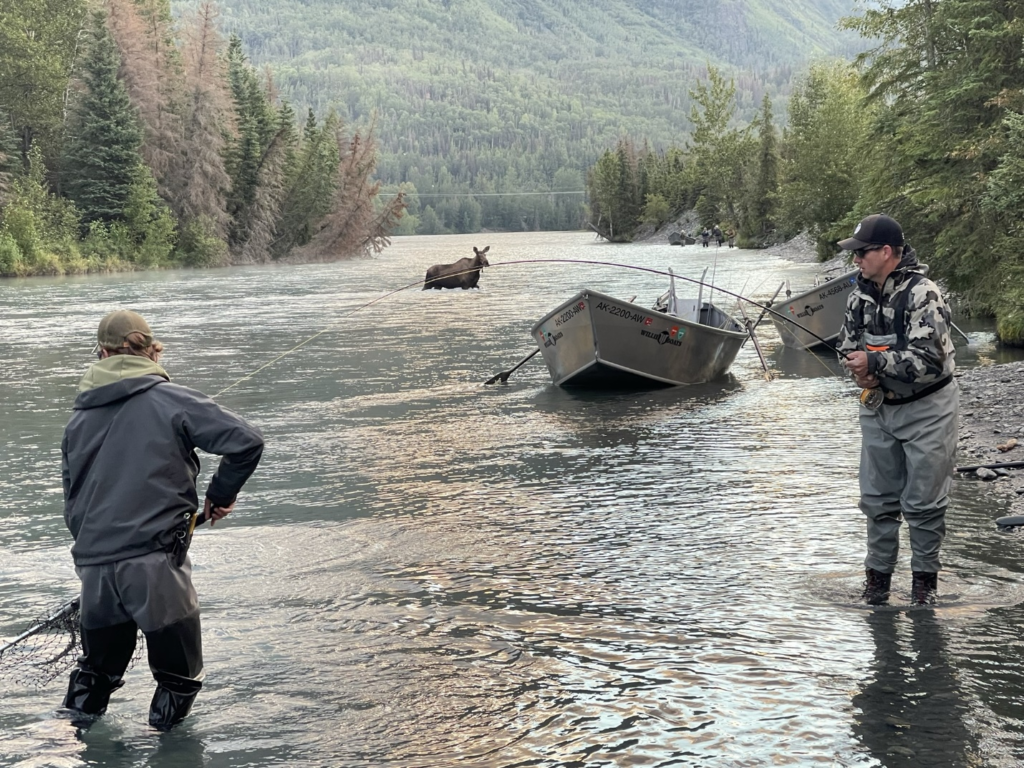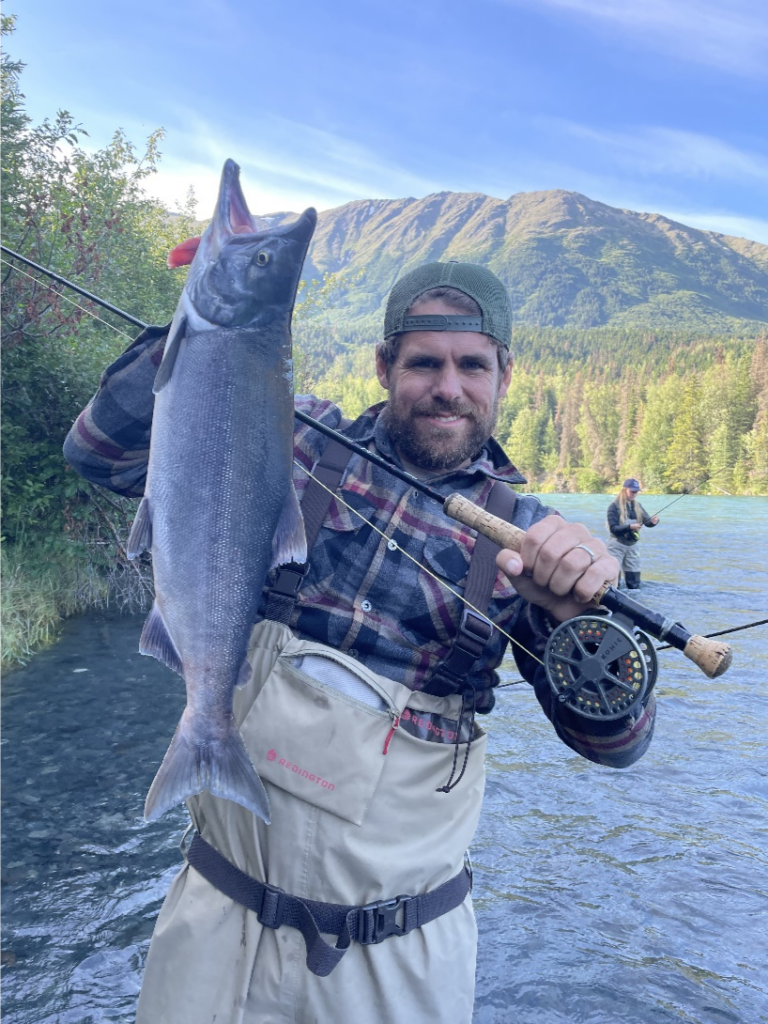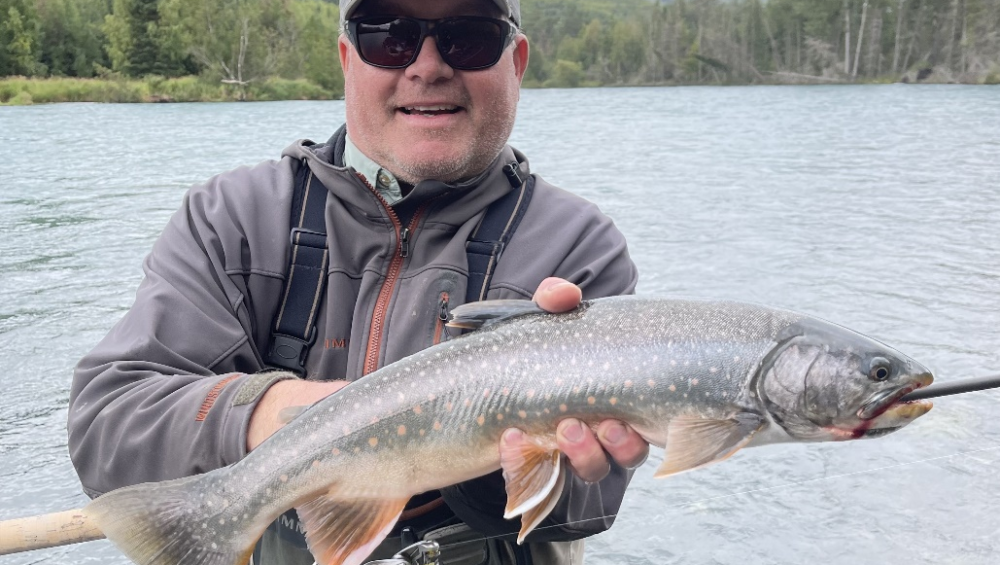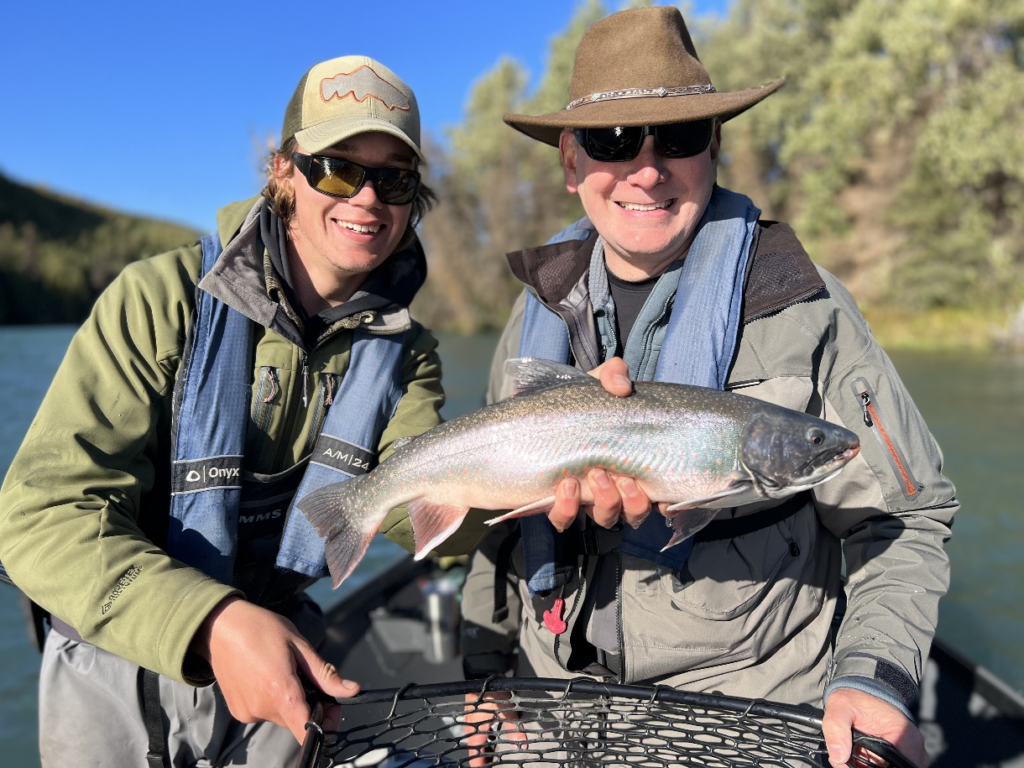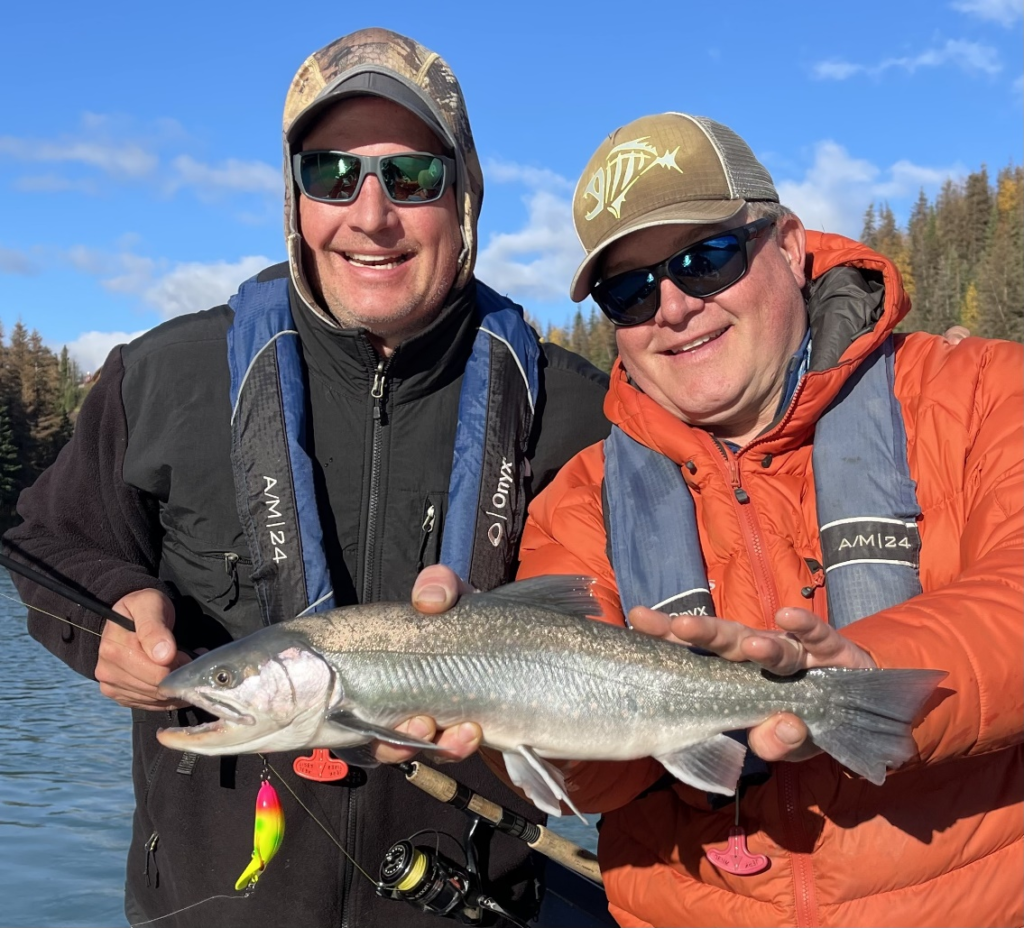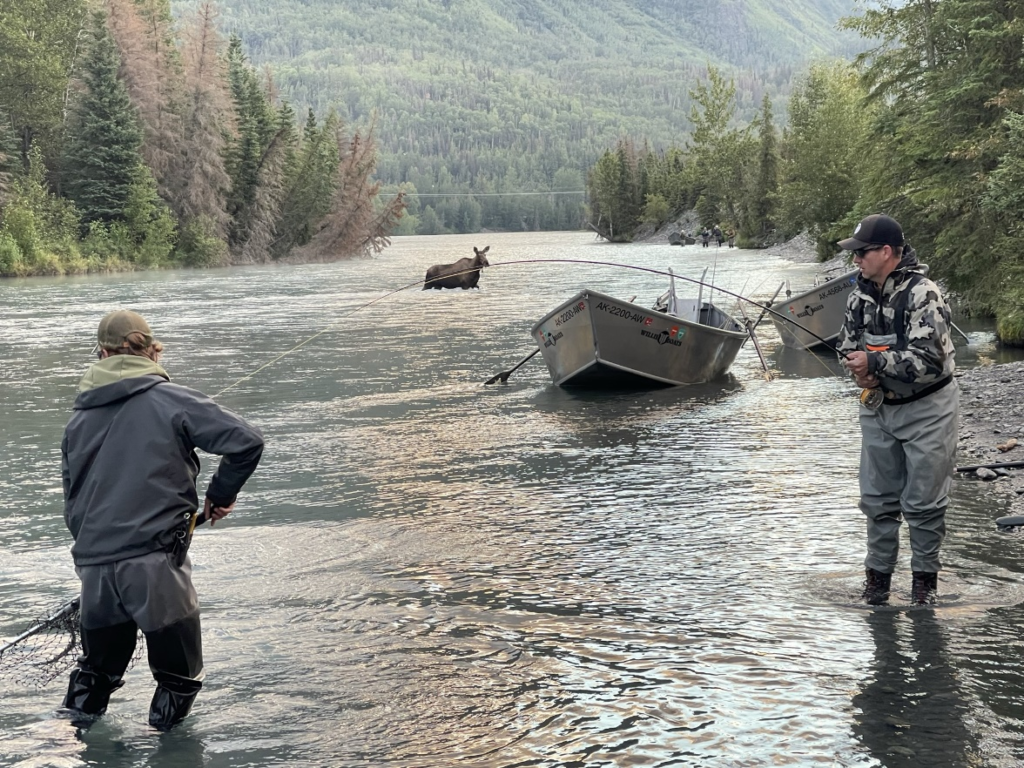A momentous occasion transforms Alaska every year. It’s a spectacle of nature that sends a thrill through the hearts of anglers and nature enthusiasts alike. We like to call it the iconic silver salmon run.
The excitement is tangible, the air is charged with anticipation, and the waters are alive with excitement. As the days shorten and the pristine Alaskan waters churn with activity, silver salmon season announces its arrival with a grandeur that leaves everyone spellbound.
As an angler, how can you prep for the iconic silver salmon rush that sweeps across the state? Let’s find out!
The Silver Salmon Phenomenon
The silver salmon’s lifecycle is an awe-inspiring testament to nature’s unending cycle of life and death; it unearths the interconnectedness of our ecosystems. Each silver salmon’s life starts in the quiet inland streams of Alaska. After hatching, these tiny fish spend their first year in their natal streams, slowly growing and learning to evade predators. Their survival instincts kick in early and prime them for the challenging journey ahead.
As they grow into smolts, an inherent instinct triggers their migration toward the open ocean. This phase of their life, known as the ‘out-migration,’ sees these determined fish travel hundreds, if not thousands, of miles through rivers and streams. They brave rapids, waterfalls, and predators. Upon reaching the ocean, they spend one to three years maturing and navigating the vast expanses of the Northern Pacific Ocean and the Gulf of Alaska.
This is followed by the most miraculous part of their journey: the return. Fueled by an inexplicable homing instinct, the now fully-grown silver salmon begin their ‘run,’ swimming against the current back to their birthplace. This feat of endurance and instinct is one of nature’s greatest spectacles! It underlines why silver salmon are more than just fish; they’re symbols of persistence, endurance, and the profound mysteries of nature.
Gear Up: Choose the Right Equipment
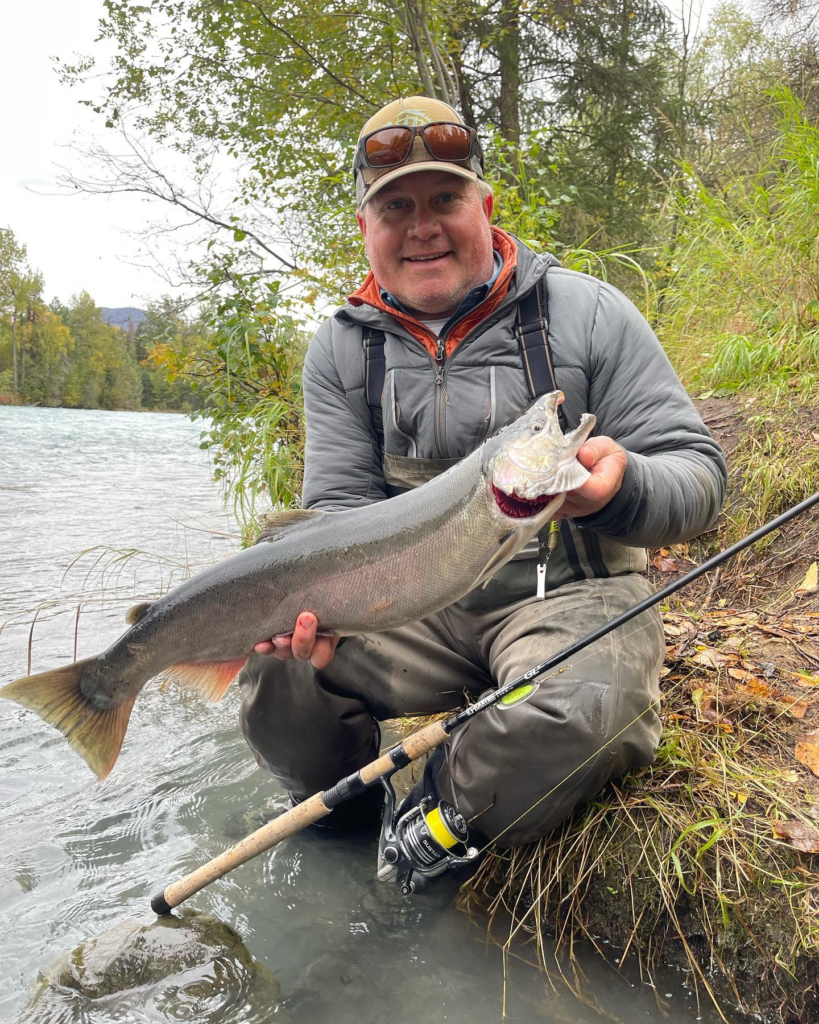
When gearing up for the silver salmon season, it’s important to remember that these fish are revered fighters known for their acrobatics and strength. Your fishing gear should be sturdy enough to withstand hard-fighting silver salmon and sensitive enough to detect a bite.
Rods and Reels: An 8 –9 feet long medium-heavy rod is ideal. Pair this with a high-quality baitcasting or spinning reel with a smooth drag system. This combination allows for long casts and can withstand the vigorous fights that silver salmon are known for.
Line: Consider using a monofilament or braided line within the 20–25 pound range. This strength will ensure the line can withstand the silver salmon’s forceful runs and jumps.
Lures and Baits: Silver salmon are known for their aggressive feeding; they’re likely to strike at a wide range of lures. Spinners, spoons, and flies in bright colors like orange, pink, or green can be effective. For bait, consider using cured salmon eggs, a natural part of the silver salmon’s diet.
Time It Right: The Best Times to Fish
When it comes to silver salmon fishing, timing is everything. Silvers are most active during the early morning and late evening hours. Plan your fishing expeditions around these ‘peak bite’ periods for the best results.
The timing of the silver salmon run can vary based on location and environmental conditions. In general, the silver salmon season in Alaska starts in July and extends through October. Each river may have two or more distinct runs (each lasting a few weeks). Understanding these local patterns and keeping track of the Department of Fish and Game’s reports can help anglers time their trips for maximum success.
Master the Techniques: Improve Your Catch
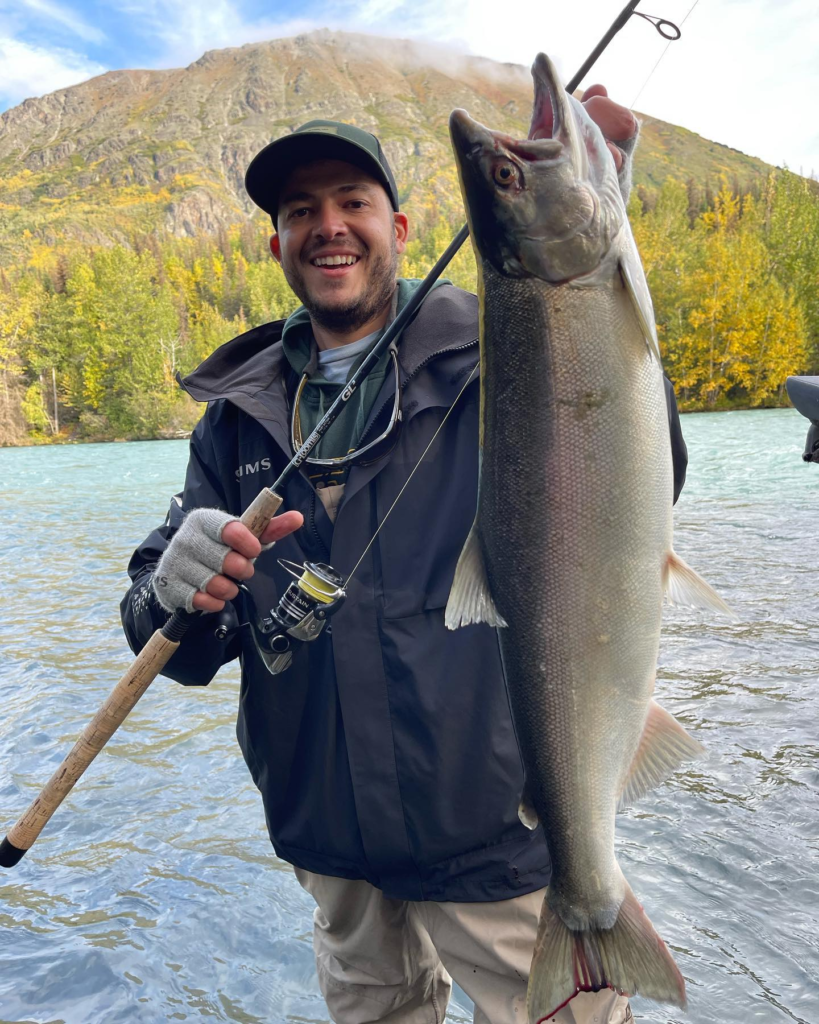
Silver salmon’s fighting spirit and tendency for spectacular aerial displays make it a thrilling catch for any angler. Mastering a few key techniques can significantly improve your chances of success.
Casting and Retrieving: Silvers are aggressive biters. A well-placed cast followed by a steady retrieve can often entice a bite. Casting and retrieving can be an incredibly effective strategy when the salmon are running in high numbers.
Drift Fishing: This technique involves letting your bait or lure drift naturally with the current. It can be particularly effective in rivers and streams.
Fly Fishing: Silver salmon are popular targets for fly fishermen, given their aggressive feeding behavior. Brightly colored flies that mimic local prey species can be particularly effective.
Jigging: This involves moving your lure or bait in an up-and-down motion. If you’re lucky, you’ll manage to entice a strike from a curious silver.
Observation and patience are as important as any technique. Watch the water and learn from each cast. Fishing success often comes to those who are patient and attentive to the water’s subtle cues.
Respect the Resource: Sustainability in Practice
As we enjoy the thrill of silver salmon fishing, it’s important to remember that we’re interacting with a vital part of Alaska’s ecosystem. Practice sustainable fishing to ensure future generations can experience the excitement of the silver salmon run.
Catch and Release: If you catch more than your limit or catch a fish you don’t intend to eat, practice proper catch-and-release techniques. Handle the fish as little as possible, avoid touching the gills, and release them gently back into the water.
Obey Regulations: Strictly adhere to the regulations set by the Alaska Department of Fish and Game. These rules, including bag limits and fishing seasons, are designed to ensure long-term fish population health.
Leave No Trace: Leave your fishing spot as clean as (or cleaner than) you found it. This is a great way to preserve the natural beauty of Alaska’s fishing spots and protect the ecosystem’s health.
Jason’s Guide Service: Your Ally for the Silver Rush
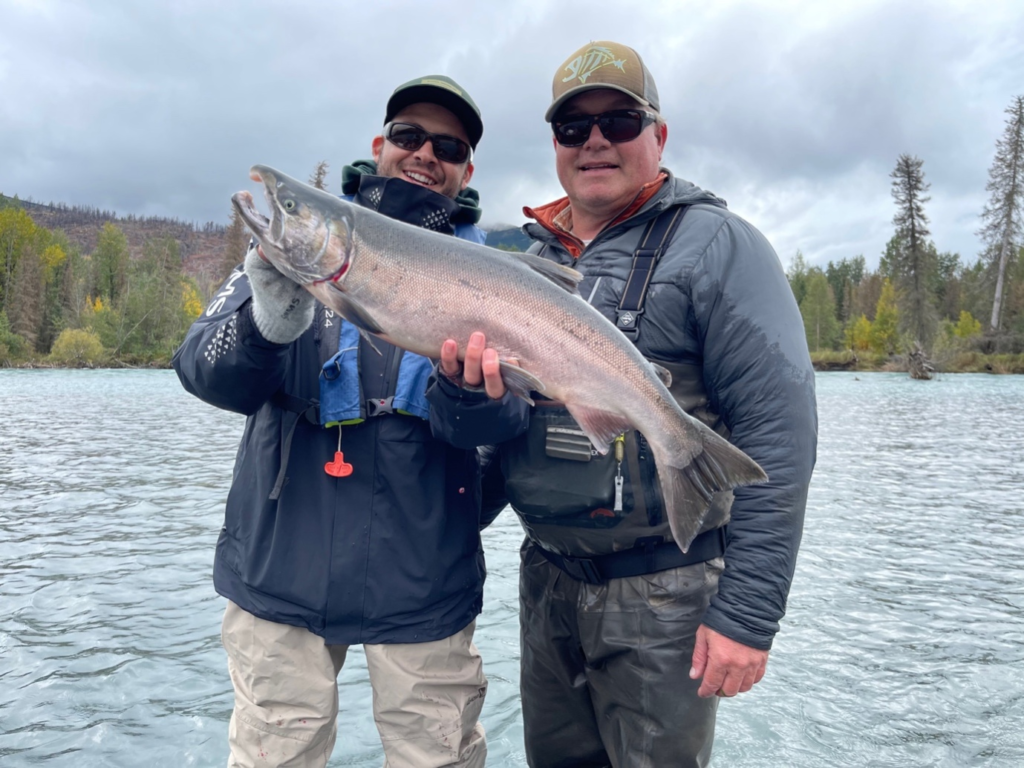
At Jason’s Guide Service, we ensure you’re well-prepared to enjoy the silver salmon season to its fullest. We equip you with the right gear, teach effective techniques, and instill respect for sustainable practices. The silver salmon run is an unforgettable spectacle, and Jason’s Guide Service is dedicated to making it an equally unforgettable experience for you!
As the silver rush approaches, there’s no better time to prepare and no better way to do it than with Jason’s Guide Service. In addition to guided silver salmon fishing trips, we also provide rainbow trout fishing experiences, sockeye salmon fishing adventures, Dolly Varden char catch-and-release opportunities, and more! Your Cooper Landing fishing trip is right around the corner. Book away!

